
Karel Domin was a Czech botanist and politician.
Günther Ritter Beck von Mannagetta und Lerchenau[a] was an Austrian botanist.

Prof Władysław Szafer PAS HFRSE was a Polish botanist, palaeobotanist, quaternary geologist and professor of botany at the Jagiellonian University in Kraków. He was a world pioneer in nature conservation.
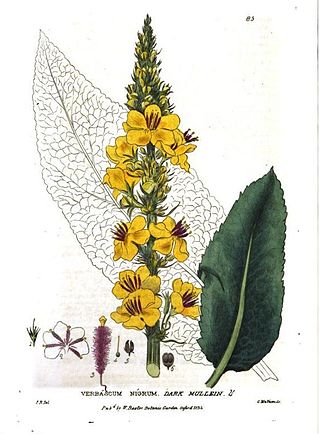
William Baxter ALS, FHS, was a British botanist, author of British Phaenogamous Botany and appointed curator of the Oxford Botanic Garden in 1813. From 1825 to 1828 he edited the exsiccata series Stirpes cryptogamae Oxonienses, or dried specimens of cryptogamous plants collected in the vicinity of Oxford. With Philip Burnard Ayres he distributed another exsiccata under the title Flora Thamnensis.
Amos Arthur Heller was an American botanist.
Christian Friedrich Heinrich Wimmer was a German botanist and educator who was a native of Breslau.
Gustav Adolf Hugo Dahlstedt was a Swedish botanist who worked at the Bergianska Trädgården and Naturhistoriska Riksmuseet in Stockholm. In 1907 he received his honorary doctorate.

Joseph Friedrich Nicolaus Bornmüller was a German botanist born in Hildburghausen, Thuringia.
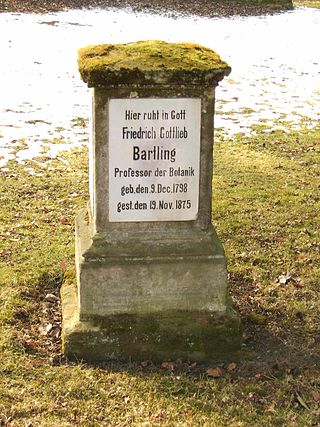
Friedrich Gottlieb Bartling was a German botanist who was a native of Hanover.
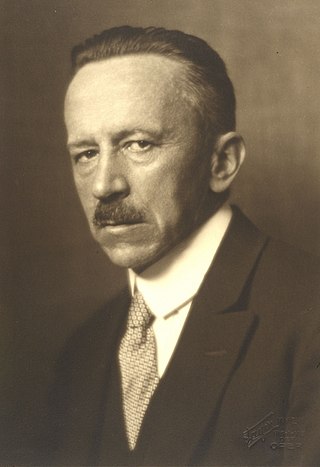
August von Hayek was an Austrian physician and botanist born in Vienna. He was the son of naturalist Gustav von Hayek and the father of economist Friedrich Hayek (1899–1992).
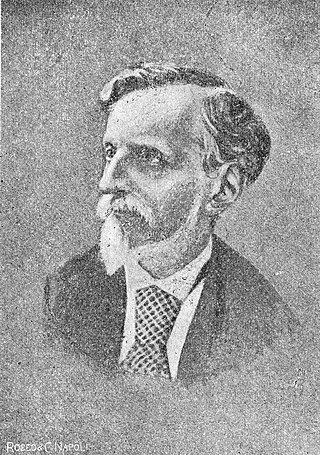
Vincenzo de Cesati (1806–1883) was an Italian botanist from Milan.
Yury Nikolaevitch Voronov was a Russian botanist. He worked at the Botanical Garden in Leningrad.

Anton Eleutherius Sauter was an Austrian physician and botanist.

Boris Konstantinovich Schischkin was a Russian botanist and from 1943 corresponding member of the Academy of Sciences of the USSR. His name was Russian: Борис Константинович Шишкин, with his surname sometimes transliterated as Shishkin.
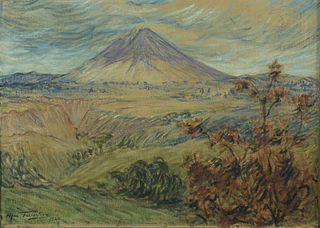
Richard Paul Max Fleischer was a German painter and bryologist. As a botanist, he is remembered for his work with Javan mosses.
Jean Jacques Timothée Puel was a French physician and botanist.
Alexander Alfonsovich Grossheim was a Soviet botanist of German descent. He traveled widely over the Caucasus region collecting and studying various different plant life. He is most known for Pteridophytes and Spermatophytes species.

Giovanni Battista Traverso (1878–1959) was a mycologist and plant pathologist on the early 20th-century.
Adriano Fiori was an Italian botanist.

Renato Pampanini (1875-1949) was an Italian botanist and mycologist.













